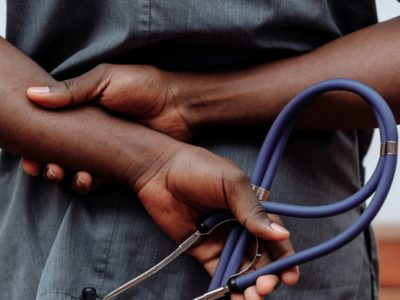Our idea of the coronavirus pandemic is starting to change as new data comes in. Several states, including Texas, Mississippi, and Florida, did away with state-wide mask mandates and business closures at the start of the month, even as politicians and public health experts were urging caution.
But three weeks later, these states have seen their infection rates drop. So, what do these numbers mean, and why didn’t cases go up as expected? Let’s find out.
Open for Business
It was just a few weeks ago that Texas Governor Greg Abbott declared that his state was open for business, tweeting on March 2nd, “I just announced Texas is OPEN 100%. EVERYTHING. I also ended the statewide mask mandate.”
He wasn’t alone. That same day, Mississippi Gov. Tate Reeves announced that he also was lifting his state’s coronavirus restrictions, including the mask mandate.
With cases creeping up in the Northeast and Midwest, President Biden recently suggested that some parts of the country may need to reimpose lockdowns to prevent the spread of the virus, to which Florida Gov. Ron Desantis responded, “We are not going to let him lock down Florida. To even contemplate doing any type of lockdown, honestly, it’s insane. And so that’s not gonna happen in the state of Florida.”
So, what do these states look like today? Not bad.
Coronavirus cases have steadily dropped in Texas to record lows with 2,482 new daily cases and a positivity rate of 6.5%. Mississippi has around 288 new daily cases with 11% positivity rate and Florida has around 5,294 new daily cases with a 9.1% positivity rate.
Hospitalizations have also dropped to a six-month low in Texas.
On the flip side, all three states rank at the bottom in terms of their vaccination efforts. Currently, Florida ranks 41st, Mississippi is at 42nd, and Texas ranks 48th in terms of how many people have been vaccinated in relation to the total population.
So Why Are Infections Dropping?
Unlike other parts of the country, these states didn’t see a major increase in cases after the restrictions went away. However, that doesn’t mean everyone started going back to their old ways.
Even without a state-wide mandate, many local and state officials continued to advocate for social distancing, mask wearing, and other forms of protection to quell the number of new cases.
For example, Austin Major Steve Adler announced in mid-March that his city would continue to require masks even though the governor rescinded the state-wide order. However, the city doesn’t have the authority to enforce its policy. Previously, violators could be fined up to $2,000, but without the backing of the governor, people no longer have to worry about fines if they’re not wearing a mask.
In Mississippi, Thomas Dobbs, the state’s health officer, urged caution even as the restrictions went away. “Do stuff outdoors, don’t group together indoors with a lot of folks,” he said at a press conference with the governor. “You can catch COVID. And we can mess this up.”
With competing messages, many residents likely continued to err on the side of caution, at least when going out in public.
Business owners also have the power to refuse customers if they aren’t wearing a mask or violate their policies, so plenty of people were still wearing masks even if the governor didn’t require them to do so.
At the outset of the pandemic, states like New York and California were among the first to issue lockdowns, while other states like Texas and Florida took their time. But a report from FiveThirtyEight from last year shows that people in red states and counties were taking the threat seriously, even if their elected officials weren’t.
“Americans living in red states appear to have taken the crisis plenty seriously; data shows that residents there were staying home well before their governors issued stay-at-home orders,” the report said, which based its findings on consumer GPS data.
These states show that forced lockdowns and mandatory restrictions may do more harm than good, at least in certain parts of the country. If leaders give their constituents the freedom to make up their minds for themselves, they might be more willing to wear a mask and avoid large crowds.

















